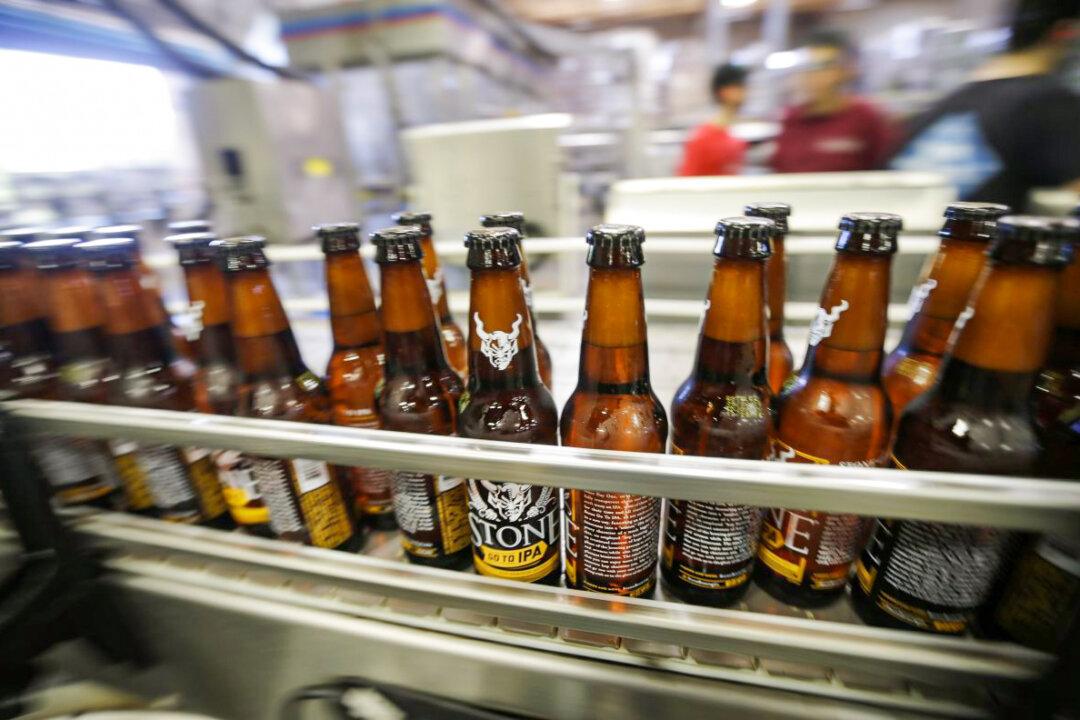Brewers small and large in the United States expect the cost of beer to increase as the Ukraine conflict threatens global crop shortages and packaging remains in short supply.

Bottles of beer move along during bottling at Stone Brewing Co. in Escondido, Calif., on Sept. 30, 2015. AP Photo/Gregory Bull
|Updated:
Jill McLaughlin is an award-winning journalist covering politics, environment, and statewide issues. She has been a reporter and editor for newspapers in Oregon, Nevada, and New Mexico. Jill was born in Yosemite National Park and enjoys the majestic outdoors, traveling, golfing, and hiking.
Author’s Selected Articles




